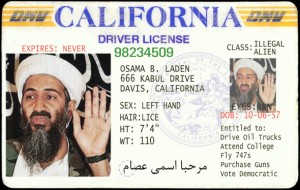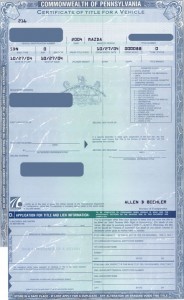Most state department of motor vehicles (DMVs) now offer you in-person, by mail, or online options for renewing your driver’s license as well as extensions and other alternatives for residents located out of the state.
Exactly what steps you must take to renew your driver’s license depends on your state’s motor vehicle rules and regulations.
- Renewing a regular non-commercial driver’s license
- Renewing a commercial driver’s license (CDL)
- Renewing a driver’s license online
Renewing a Driver’s License
Few people can bear the thought of standing in long lines at their local DMV, so in many cases you can renew your driver’s license by mail or via the internet. Here are some tips:
- Renew as soon as you can prior to your license expiration (usually your birthday).
- Driving with an expired license is illegal and you’ll get a ticket, at best, if you’re stopped.
- Some state DMVs do and some do not charge fees for late renewals. Check with your local DMV for details, but the safest bet is to renew your license promptly.
- For in-person driver’s license renewals you’ll typically need: proof of identification (birth certificate, passport, official ID card, etc.), proof of residence (utility bill, rent/mortgage statement/bill, etc.), and your social security number.
If you must appear in person to renew your license, find out if your state provides local driver’s license offices. Where used, these satellite locations are dedicated exclusively to handling driver’s license business—new licenses, driver’s tests, and renewals—and can significantly reduce your time spent in long lines.
Renewing a Commercial Driver’s License
If you’re renewing a CDL, the steps for renewing are the same as those for non-commercial driver’s licenses. Most states offer you the convenience of renewing by mail or online. If you have changed residence, changed your address or are trying to change or upgrade the class of your license, you may be required to appear in person at your local DMV or a driver’s license office and complete the paperwork necessary for processing the changes to your license.
Online Driver’s License Renewal
Good news is that in some situations you may be able to avoid the lines at the DMV or save the postage for a mail-in renewal, by renewing online. DMVs that do offer online driver’s license renewals usually do so only under the following conditions:
- No changes to your personal information, including no change of address
- No class of license changes: if you currently hold a non-commercial license you can renew the same class of license and vice versa for CDL holders.
- Depending on your DMV’s requirements, you may also be required to register as an online DMV user.
If you are located out-of-state at the time your driver’s license is due for renewal and renewing online is not an option, your state likely has one or more alternatives, such as short- or long-term license extensions.



Recent Comments